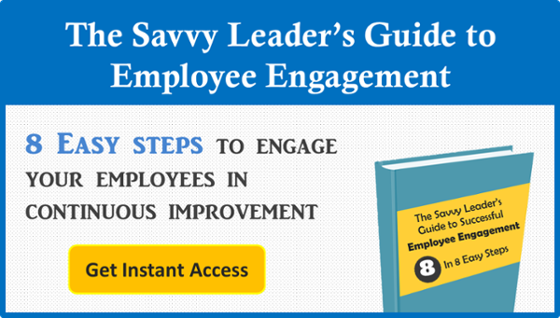Succession planning is defined as “the identification of job vacancies that can be expected to occur through retirement or attrition, and the strategic consideration of where and how internal candidates might fill those vacancies.”
What does that mean in layman’s terms? Essentially, succession planning is when you identify current employees that would make good candidates for future leaders, and then develop them for those roles. Doing this successfully requires companies to consistently monitor the performance of every employee to select possible candidates, and provide the training and development necessary to ensure that they’re qualified to fill the desired leadership roles down the road.
Sounds like a lot of work, right? This study from Software Advice, a business that reviews HR and talent management technology, recently conducted a study gives the financial case for why succession planning is worth it.
Succession Planning Increases Employee Engagement
According to this study, 94% of employers say employee engagement increases with succession plans in place. 62% of employees confirm that sentiment, saying that they’d feel “significantly more engaged” working for a company with a succession plan than one without.
How Does This Relate to Kaizen?
Employee engagement is a critical determinant in the success of a culture of continuous improvement. A successful Kaizen culture relies on the active participation of every person at every level of the company in improving their work.
Continuous improvement software makes it easy to keep track of who is doing the most to help improve your organization, recognizes them for their efforts, and highlights individuals who have the potential to become successful leaders. (Bonus points if your software platform lets you keep track of the certifications and training they complete as part of their future leader development!)
It’s also important to ensure that leaders who are on the rise are expected to create a culture of continuous improvement in their departments or areas. An organization that wants senior leaders to set the tone for continuous improvement from the top would do well to build those capabilities as stars rise through the organization. Or, the organization redefines what it means to be a rising star, by making Kaizen leadership a more important criteria in who is selected for advancement.
Including Kaizen in your succession planning has a few benefits:
-
More employees are engaged at work, which translates into more employees engaged in your continuous improvement efforts. And that, of course, leads to a greater overall impact from Kaizen.
-
You want all of your leaders to have an eye on improving the organization. By including this as a metric in your staff evaluations, you’re ensuring that the employees who aspire to rise to the top of the leadership track will incorporate Kaizen into their current and future leadership roles.
-
The Kaizen knowledge and experience that you so value in your current leadership becomes part of the organizational knowledge base when you provide professional development in this area to your employees. This ensures that when your staff become the leaders you’re training them to be, that Kaizen knowledge isn’t lost in the shuffle. They’ve been educated and trained in Kaizen as part of their professional development, so they’re prepared to drive continuous improvement in your organization.
According to the Software Advice study, 70% of businesses have success plans in place for mid-level management. I’m curious, do those succession plans, for those of you who have them, include Kaizen training and an emphasis on Kaizen leadership? Why (or why not)?



Add a Comment